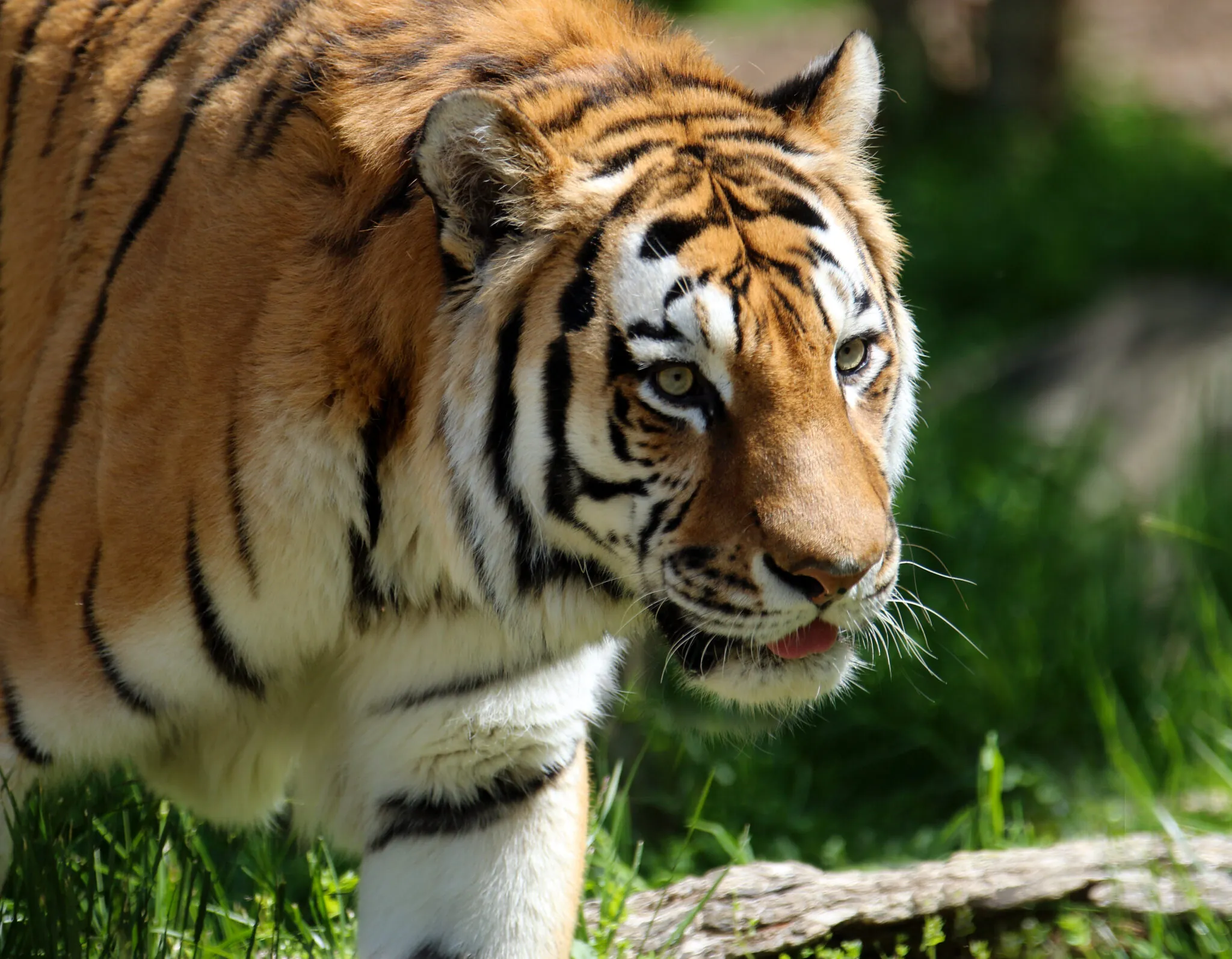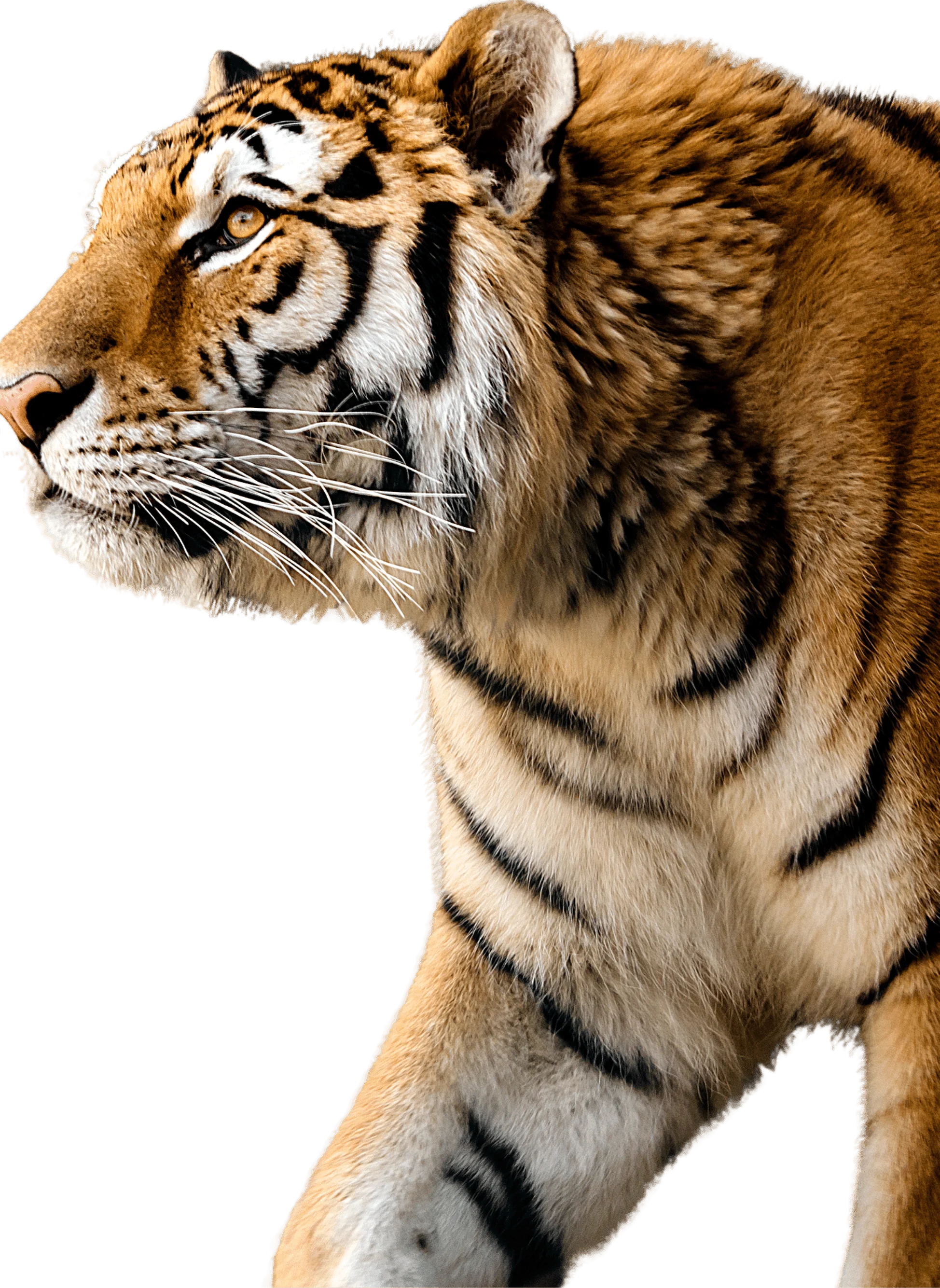-
Menu
- Plan Your Visit
- Meet The Animals
- Check Out Events
- Memberships
- About The Zoo
- Support the Zoo
- Conservation
- Education
- Groups & Private Events
- Zoo News
- Contact
- Indianapolis Prize
- Global Center for Species Survival
- Schedule
- Donate
- Membership
- Tickets

- Plan Your Visit
- Meet The Animals
- Check Out Events
- Memberships
- About The Zoo
- Support the Zoo
- Conservation
- Education
- Groups & Private Events
- Zoo News
- Contact
- Indianapolis Prize
- Global Center for Species Survival

Amur Tiger
Panthera tigris altaica
About
Amur tigers, also called Siberian tigers, are one of the largest tiger species. Some of the largest males can be 12 feet long and more than 900 pounds. They are hunters that stalk wild boar, deer—or anything they can pounce on. They can leap 10 feet in a single bound! Tigers are good climbers and swimmers, too. They live in forests and have stripes that camouflage them against the trees. No two tigers have the same stripe pattern! Amur tigers live in the cold and snow of eastern Russia and northeastern China, so their stripes are paler than for some other kinds of tigers. They also have thick fur and plenty of fat to stay warm!
Mother tigers have about two or three cubs at a time, which are born in rocky areas with plenty of good places for the cubs to be hidden from predators. Cubs stay with their mothers for two or three years, until they’re good hunters.

Conservation
Only about 500 Amur tigers are left in the wild. They are an endangered species because of hunting of tigers and their prey, poaching and habitat loss. The metal and mining industry has caused tiger forest habitat to shrink as trees are cut down. You can help protect the forests where tigers live by using your electronics as long as possible, and then recycling them, to reduce the need for more mining! Check out the Zoo’s Power Recycling events for an easy way to make a difference for wildlife.
Tiger Chat
WHERE ARE THEY AT THE ZOO?


